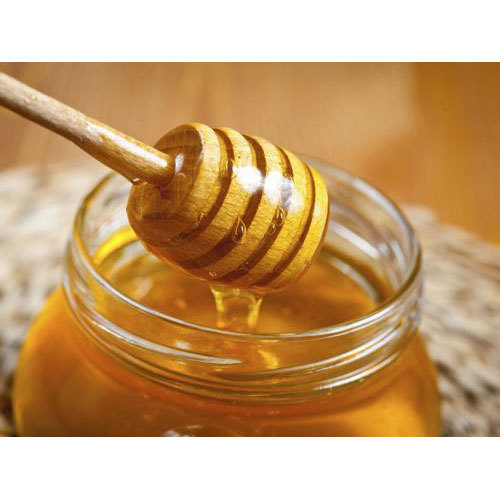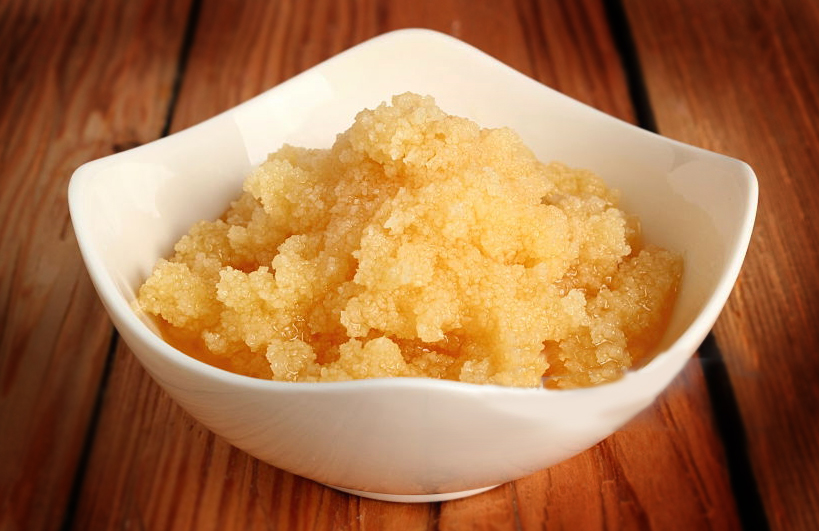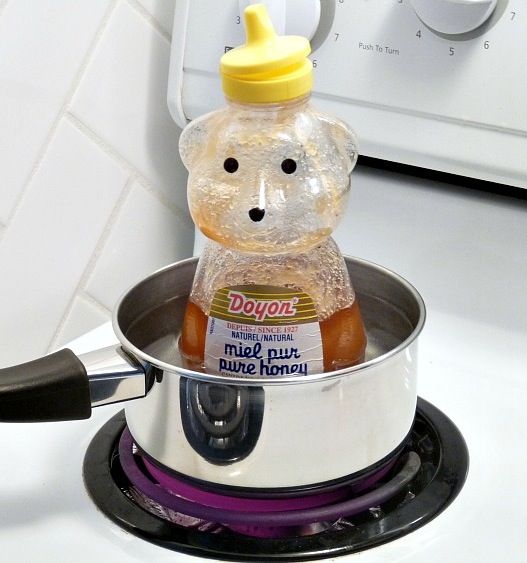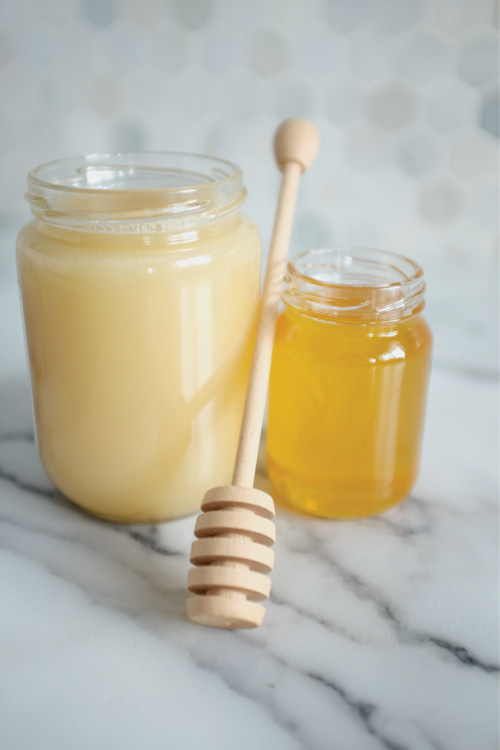
Stop! Just because that jar of honey in your cupboard looks like gold sugar doesn’t mean it has gone bad. Crystalized honey isn’t spoiled and is actually quite common among most types and brands.

Honey is a high carbohydrate with about 65 calories for every tablespoon. It’s about 70% sugar and 20% water; as time passes the water evaporates causing the sugars to crystalize. Simply put, there is just too much sugar content to remain dissolved. This is a naturally occurring process and how long it takes depends of the type of sugar and environment. Spoiler alert- you can eat crystalized honey.

Temperature, the type of honey and the kind of container all contribute to how long it takes for honey to begin crystalizing. Honey should be stored in glass jars and tightly sealed whenever possible. Plastic containers tend to be porous and poor for preservation. Honey isn’t a complicated food, though it is quite long lasting. There are two types of sugars in honey, fructose and glucose. Fructose will hold on to water longer and inhibit crystallization. Glucose has a lower level of solubility, meaning it will crystalize easier. Honey with a glucose level of 40% may begin to crystalize within several months while a level of 35% may take upwards of a year, and 30% several years. A common honey like clover, as well as others such as lavender and dandelion have higher levels of glucose. Acacia/Locust tree and Sage honey are high fructose and tend to store longer without crystallizing. Cooler temperatures will also accelerate the process, even in beehives. Unfiltered honey is also prone as the crystals will form on the impurities. Ideal temperatures for storing honey are between 50-70 degrees. Avoid refrigeration and leaving on or around stoves or ovens. Keep lids tight.
So, if you have lumpy, coarse honey, what do you do? Short answer is to reheat it.

On your stove, a warm bath in a pot of water is about all that you need. The water should be hot but not boiling, and the container lid removed. Slowly stir the honey to break up the crystals until it has reached it’s earlier state. Boiling or microwaving honey can kill the natural nutrients. Once you are done, remove the containers and allow to cool and reinstall the lids tightly.
An interesting note, creamed honey, also known as “Spun Honey” is not whipped, but is also crystalized. The difference is that creamed honey has small, very smooth crystals as opposed to the large, coarse granulated type. You can take a small amount of the creamed honey and add it to a jar of crystalized honey and mix them together. The two will combine and after several days transformed into a second jar of creamed honey.
















